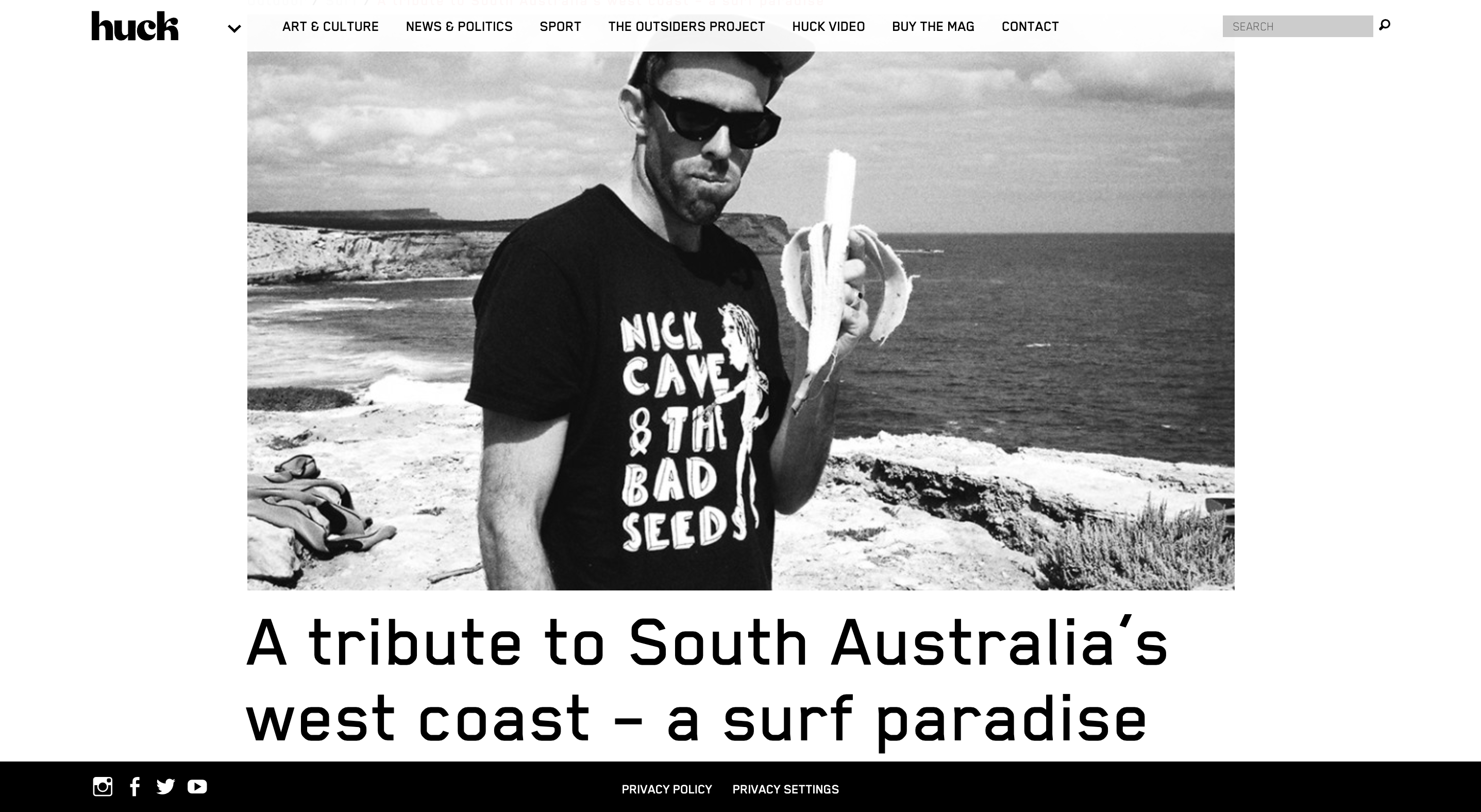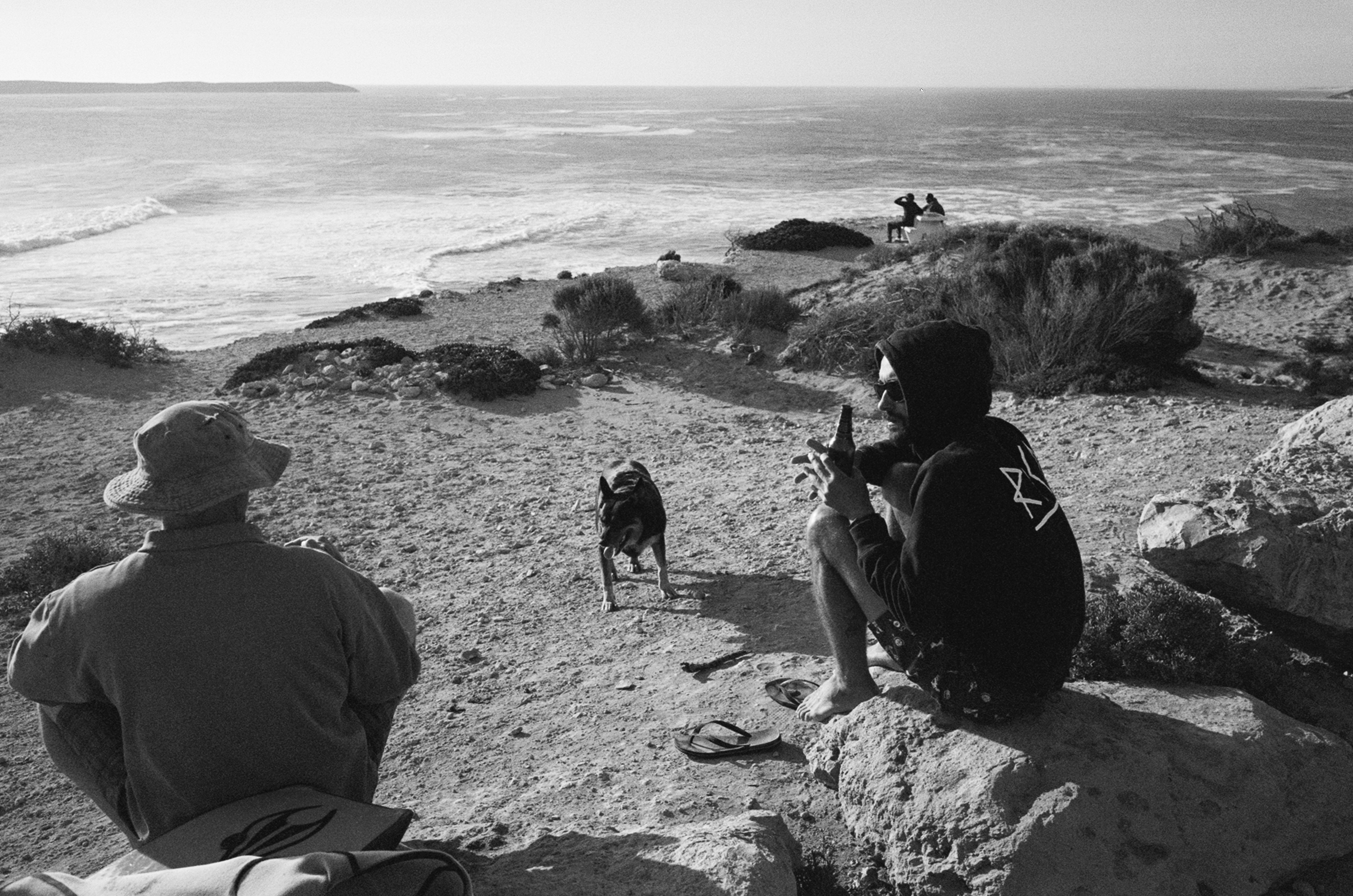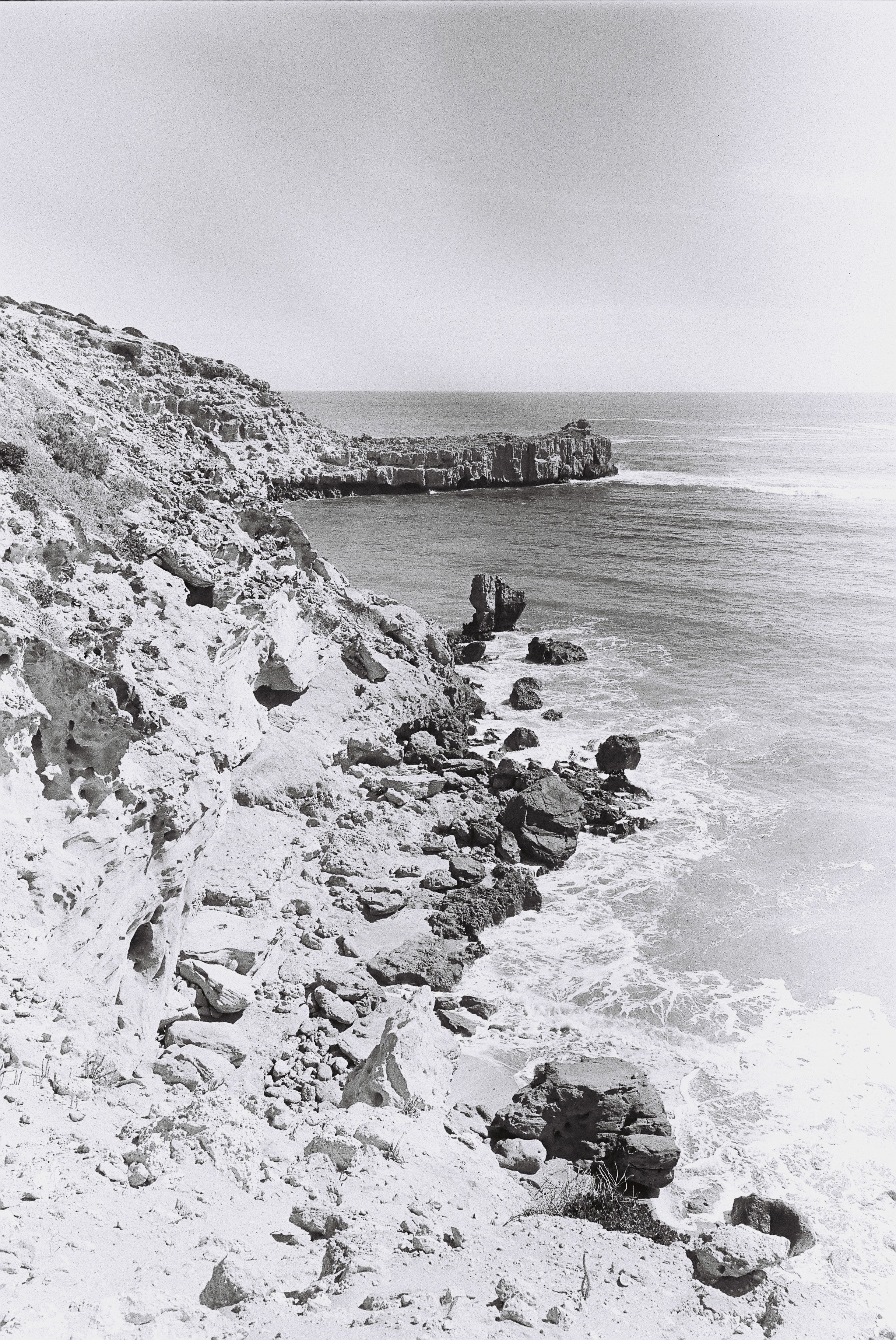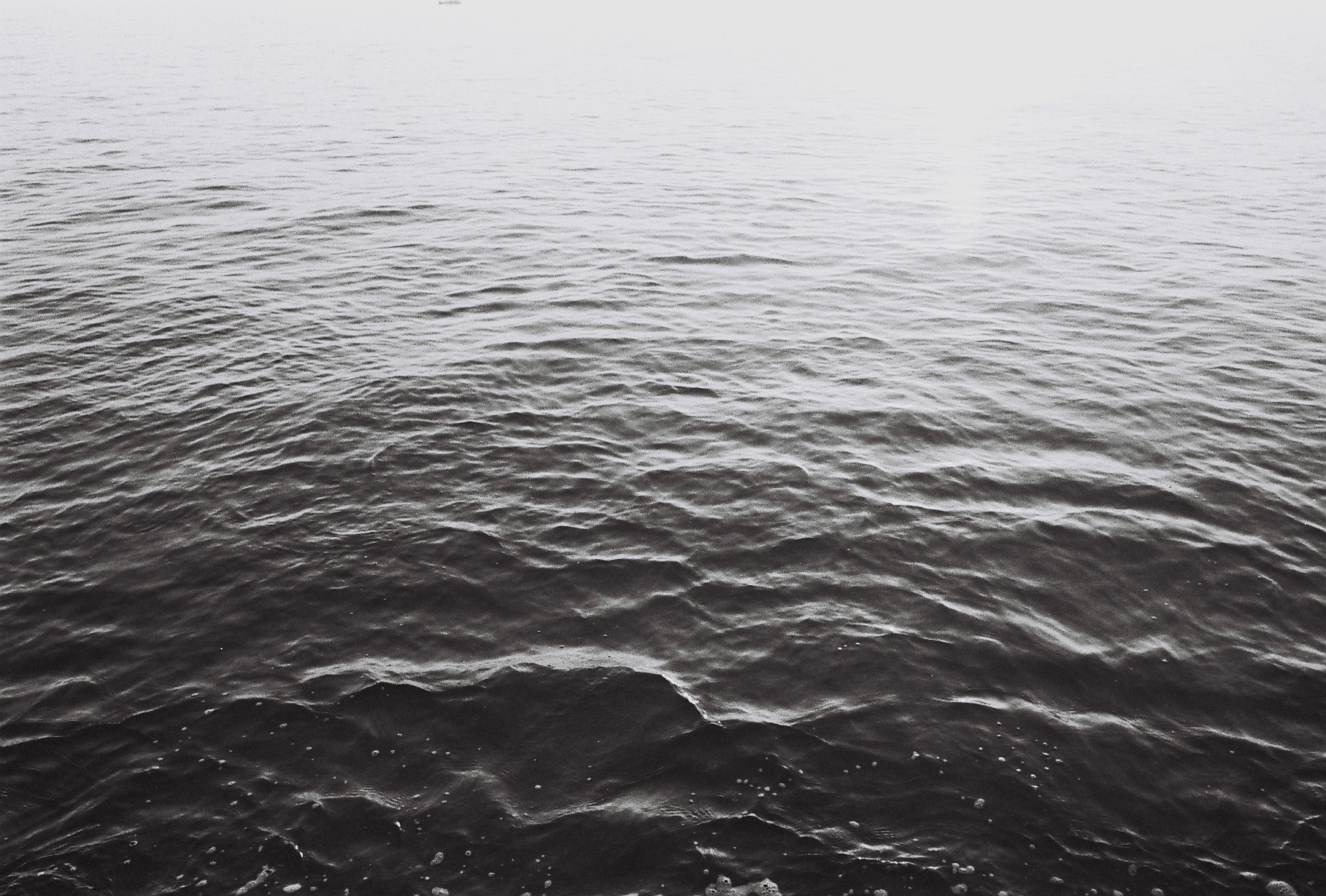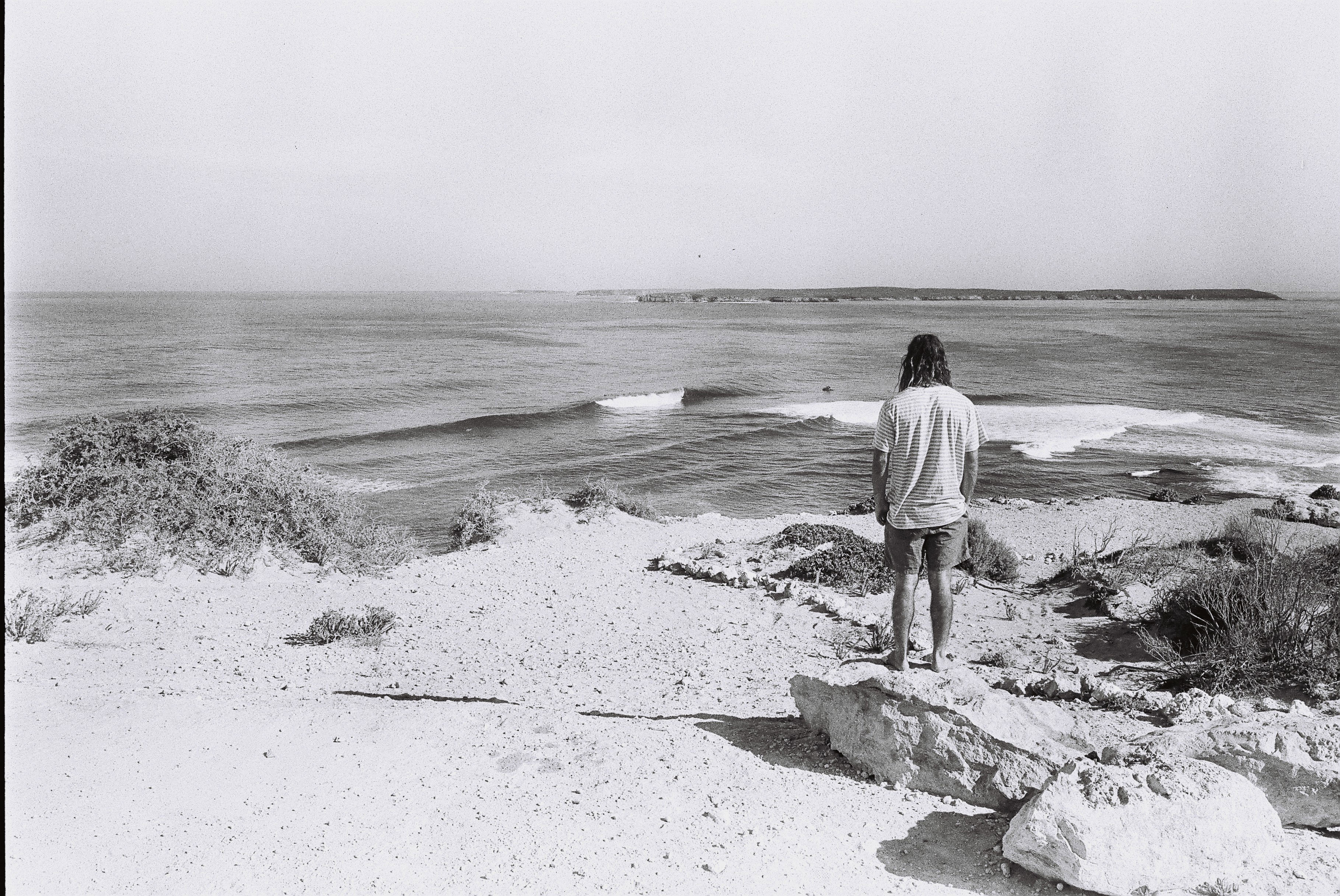Photography project feature for Huck Magazine.
Photographer Thomas Ling shoots the surfers of the country’s west coast: one of the most harshly beautiful – and endangered – environments in Australia. Much of the countryside is desolate and remote. 800 kilometres from Adelaide, it nears the last frontier of civilisation before entering the Great Australian Bight.
For hundreds of years, this coastline has home only to farmers and travellers. It’s not until recent years, upon discovery of the number of world class set ups, that surfers have traveled from Australia and Internationally to taste what the Southern Ocean has to offer. The social dynamic evident throughout surfing communities on West Coast is constantly changing. The local farmers, some of whom have intergenerational connections to the land, have become inundated with surfers. Local surfers have attempted to maintain a sense of ownership and possession towards certain locations. Yet there’s still an increasing number of surfers who travel literally thousands of kilometres to experience what is one of the most harshly beautiful environments in Australia.
It is not the increased foot traffic that poses the most risk to the local environment, It is the ever increasing threat of exploitation due to offshore oil drilling. Prior to pulling out of its bid to drill in the Bight, BP admitted that their modelling suggested that if there was an oil spill, there would be very little anyone could do about it. Patagonia recently released their Nevertown conservation surf film, exploring what these coastlines at risk mean to surfers, as a call to arms for activism against the misuse of natural environments. The aim of these photographs is to highlight the importance of the South Australian coastline not only for environmental reasons, but for the spiritual significance to the people that travel there.
![]()
